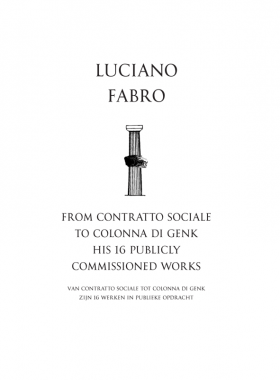
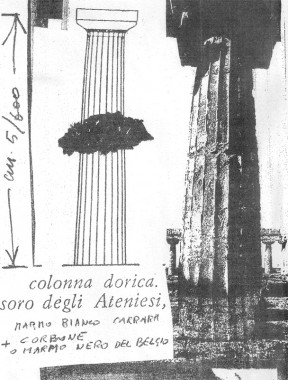
Luciano Fabro, From Contratto Sociale to Colonna di Genk
Hardcover, 56 pp. + DVD, offset 4/4, 170 x 220 mm
Edition of 800
ISBN 978-94-9069-362-6
Published by MER. Paper Kunsthalle
$32.00 ·
Between 1990 and 2007, Italian artist Luciano Fabro (1936-2007) created sixteen publicly commissioned works. This book, along with an accompanying dvd, focuses on the life and works of this extraordinary artist, and brings homage to Fabro’s latest realization La Colonna di Genk. This intriguing work commissioned by the city of Genk (B) visibly illustrates Fabro’s way of thinking and creation process. The accompanying dvd reveals biographical elements as well as the making of and the festive inauguration of La Colonna during Labour Day on May the 1st 2008. The inauguration took place on the renewed Genk Stadsplein (B), just ten months prior to Fabro’s death.
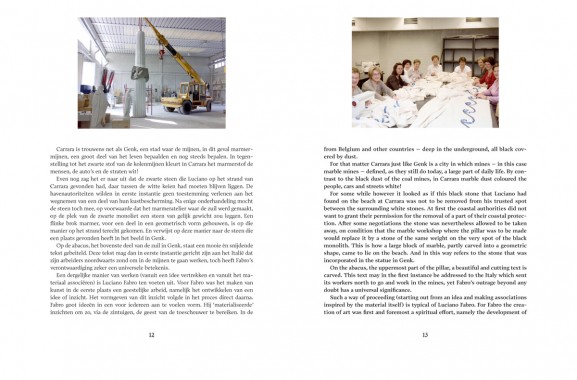
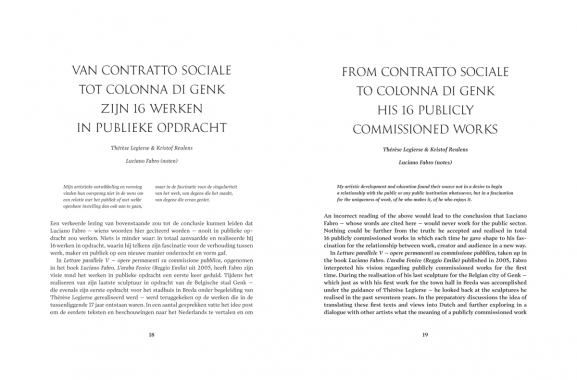
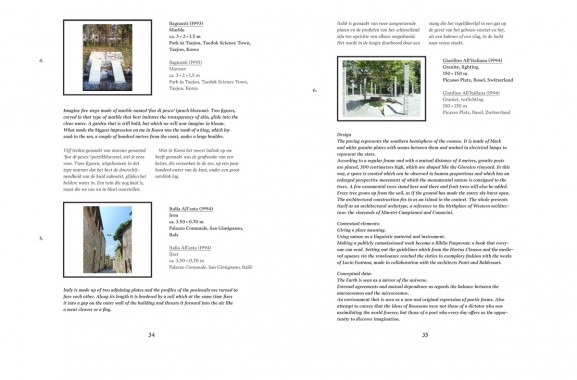
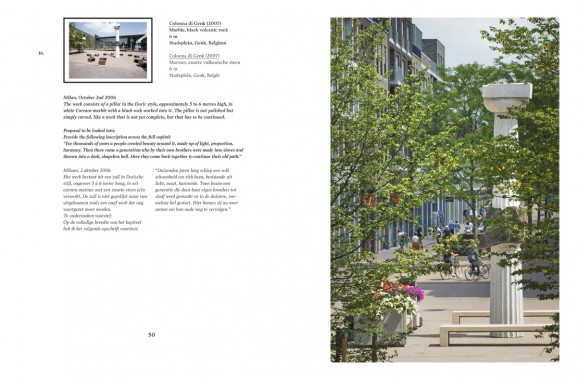
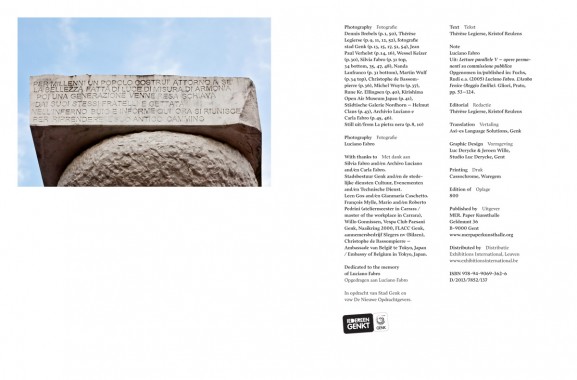
Architecture, Art, Distribution, Kristof Reulens, Luc Derycke, Luciano Fabro, MER. Paper Kunsthalle, Sculpture, Thérèse Legierse
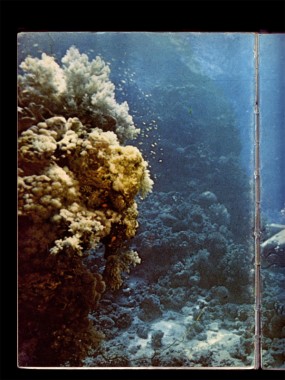
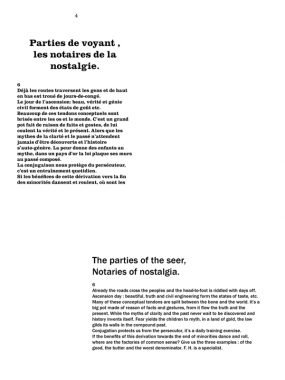
Benoit Platéus, Parties de voyant
Softcover, 100 pp., offset 4/4, 210 x 280 mm
English and French
Edition of 2000
ISBN 978-94-906-9337-4
Published by MER. Paper Kunsthalle
$28.00 ·
This first work on the Belgian artist Benoit Platéus is a monography as well as an artist’s book. It comprises a selection of works created between 1997 and 2011, as well as a text written by the artist and proposing a direct insight into his universe. Platéus work doesn’t neglect any medium — photography, video, drawing or sculpture — in order to search for ambiguities in the most mundane field of visibility. In this way his art often acts as a ‘psychic apparatus’ that plays on, and questions and reflects the viewer’s perception and consciousness.
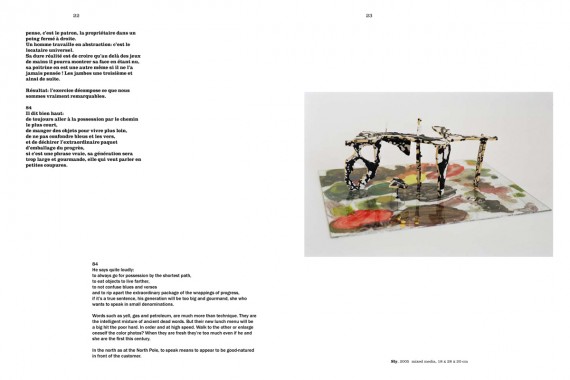
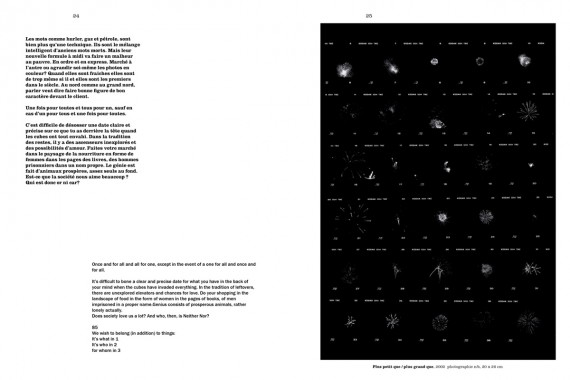
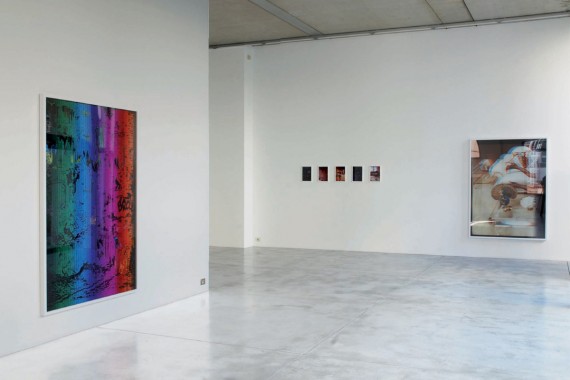
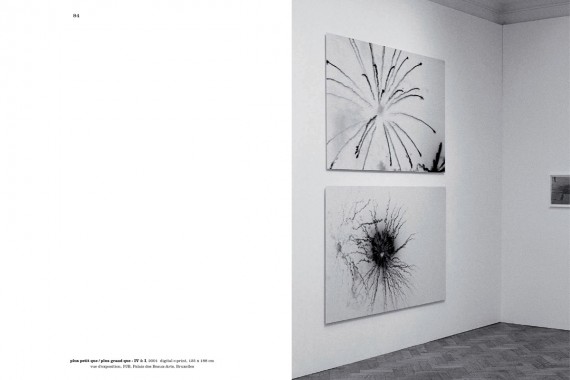
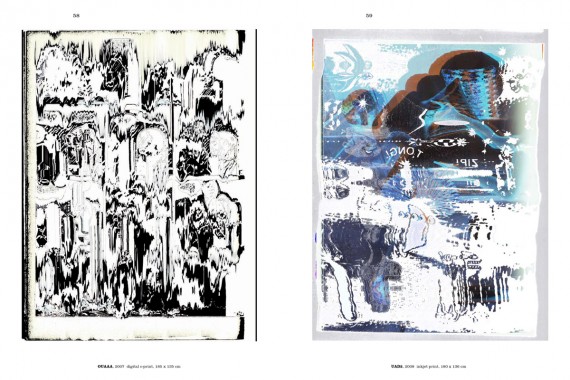
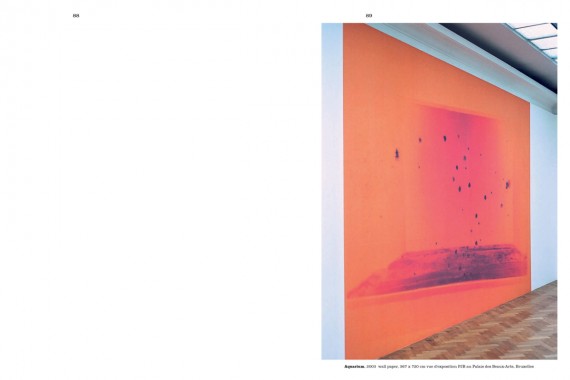
Animation, Art, Benoit Platéus, Distribution, Drawing, Film, James W Haenlin, MER. Paper Kunsthalle, Michelle Van Brussel, Photography, Sculpture
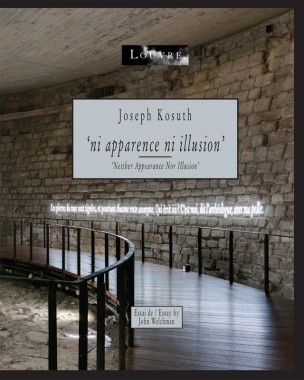
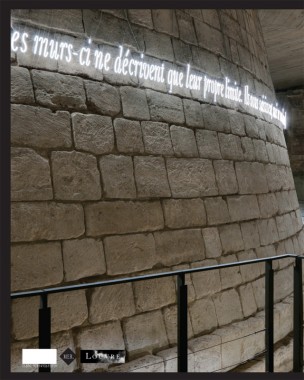
Joseph Kosuth, Neither Appearance Nor Illusion (’ni apparence ni illusion’)
Hardcover, 164 pp., offset 4/4, 260 x 320 mm
English and French
Edition of 5000
ISBN 978-94-906-9303-9
Published by MER. Paper Kunsthalle
$65.00 ·
Published on the occasion of Joseph Kosuth’s installation ‘Neither Appearance Nor Illusion’, an exhibition in the Medieval Louvre. Joseph Kosuth installed on the foundation walls of the original Louvre palace 15 neon text lines he appropriated from an artwork he developed to be read on the Internet, a project for young artists at the Brooklyn Museum. In this context combining a medieval archeological site with a historical art institution the exhibition circuit unfolds the field of potential meanings that always has been the hallmark of Kosuth installations. Entitled ‘Neither Appearance Nor Illusion’ in reference to Nietzsche, it is undoubtedly one of the artist’s most successful and spectacular interventions to date.
Texts by Henri Loyrette, Marie-Laure Bernardac and John Welchman and an interview between Joseph Kosuth and Jacinto Lageira.
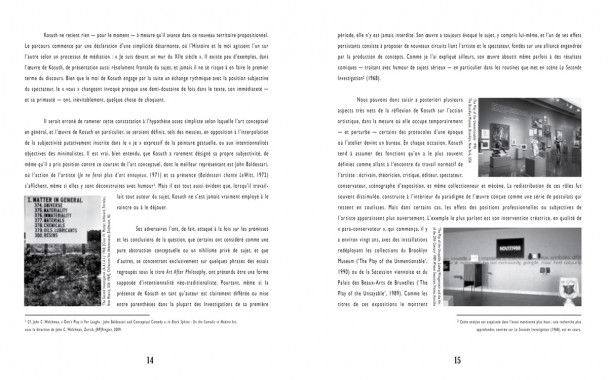
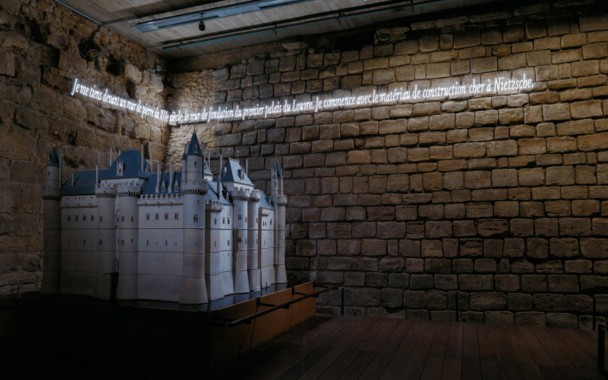
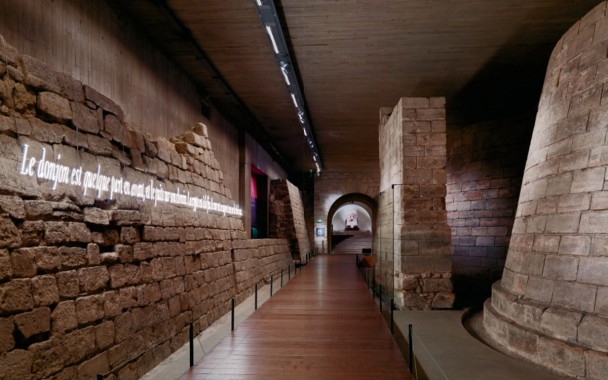
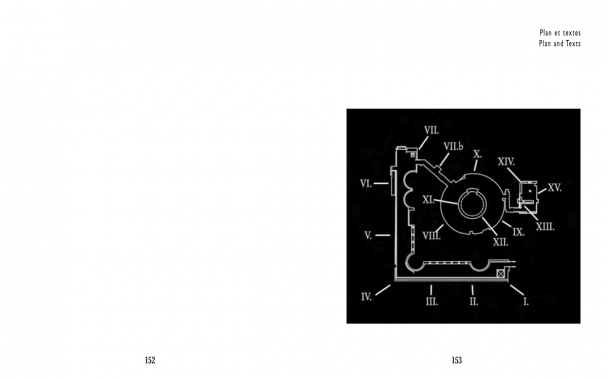
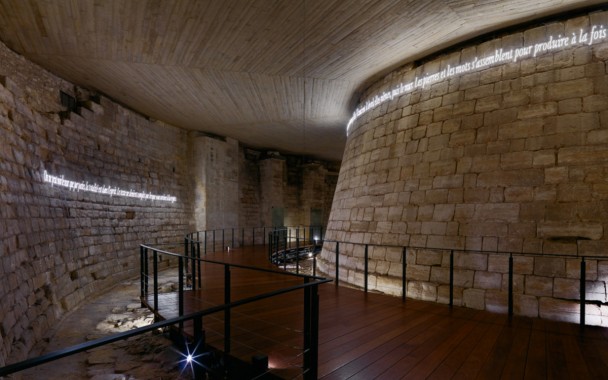
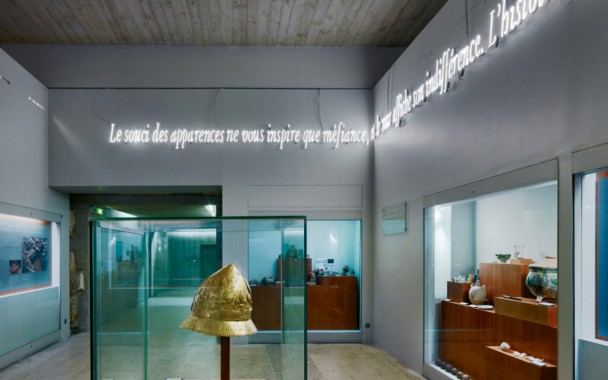
Antiquity, Art, Brooklyn Museum, Distribution, Fiona Biggiero, Florian Kleinefenn, Friedrich Nietzsche, Henri Loyrette, Installation, Jacino Lageira, John Welchman, Joseph Kosuth, Liz Dalton, Luc Derycke, Marie-Laure Bernadac, MER. Paper Kunsthalle, Musee du Louvre, Sculpture
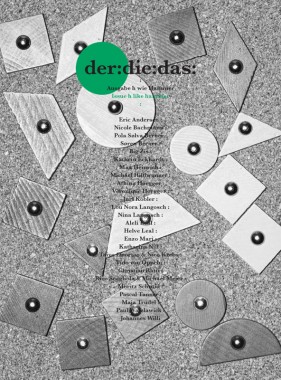
der:die:das:, Issue h like hammer
Softcover, 92 pp., offset 4/4, 200 x 270 mm
English and German
Edition of 1000
ISSN 1663-2508
Published by der:die:das:
$20.00 ·
Some words on, and images of, hammer. A magazine about common things. Featuring: Lou Nora Langosch, Johannes Willi, Katharina Nill, Pascal Tanner, Rico Scagliola, Michael Meier, Kathrin Eckhardt, Veronique Hoegger, Aleli Leal, Enzo Mari, Nichole Bachmann, Nina Langosch, Moritz Schmid, Maja Trudel, Christian Ratti, Eric Anderson, Søren Berner, Taiyo Onorato, Nico Krebs, Michael Hiltbrunner, Helvetia Leal, Max Heinrich, Paul Watzlawick, et al.
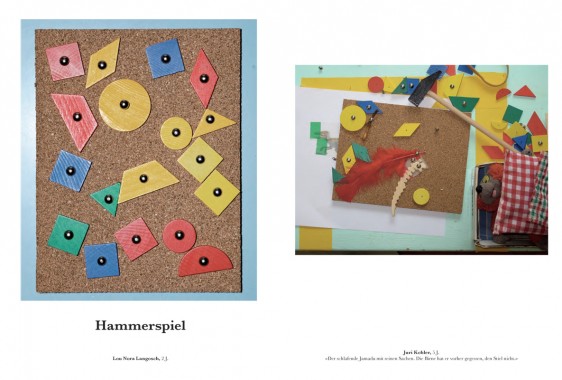
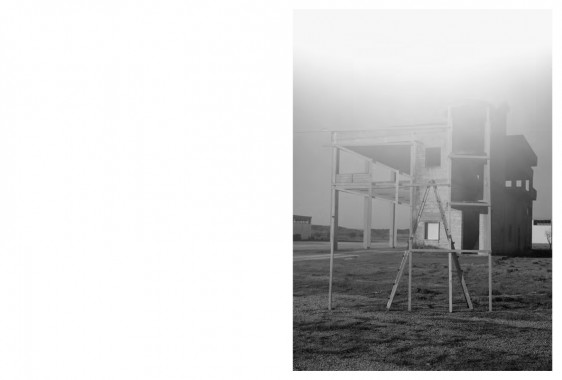
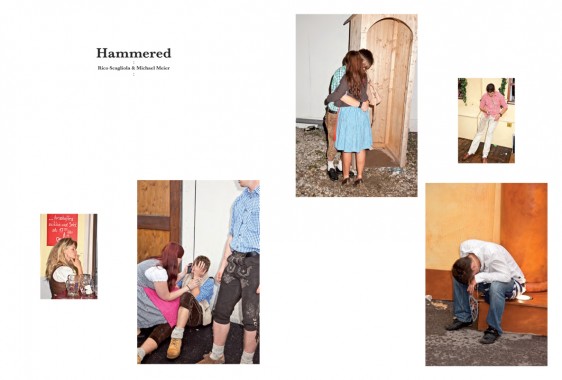
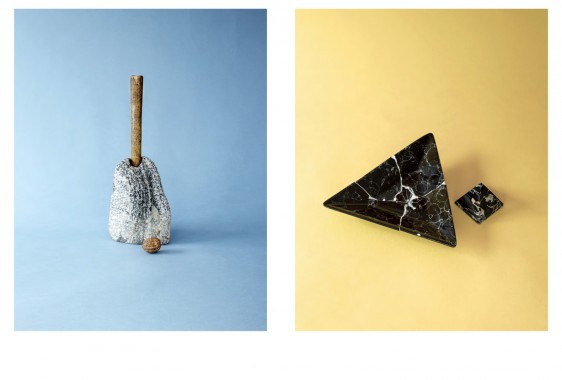
Aleli Leal, Art, Basil Rogger, Bill Gilonis, Christian Ratti, Culture, der:die:das:, Distribution, Enzo Mari, Eric Anderson, Helvetia Leal, Hin Van Tran, Johannes Willi, Katharina Nill, Kathrin Eckhardt, Lou Nora Langosch, Maja Trudel, Max Heinrich, Michael Hiltbrunner, Michael Meier, Moritz Schmid, Nadja Aebi, Nichole Bachmann, Nico Krebs, Nina Langosch, Pascal Tanner, Paul Watzlawick, Photography, Rico Scagliola, Sculpture, Søren Berner, Taiyo Onorato, Veronique Hoegger
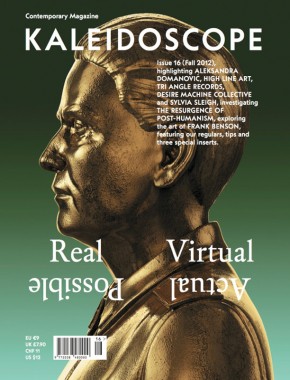
KALEIDOSCOPE Magazine 16 — Fall 2012
Softcover, 210 pp. + Ken Price Drawings insert, offset 4/4, 220 x 287 mm
ISSN 2038-4807
Published by KALEIDOSCOPE Press
$12.00 ·
At the core of a platform that includes an exhibition space and an independent publishing house, KALEIDOSCOPE is an international quarterly of contemporary art and culture founded in 2009 in Milan. Distributed worldwide on a seasonal basis, it has gained widespread recognition as a trusted and timely guide to the present (but also to the past and possible futures), unique in its interdisciplinary and unconventional approach.
HIGHLIGHTS
This issue’s opening section features Aleksandra Domanovic, whose videos and sculptures are seen by Pablo Larios as embodiments of the perpetually productive disunion of politics and art; the ambitious public art program of New York’s High Line, described by Piper Marshall as one that confronts artists with many challenges; the record label Tri Angle, whose founder Robin Carolan talks to Ruth Saxelby about how to embody the zeitgeist of electronic music; the Indian duo Desire Machine Collective, who discuss with Sandhini Poddar and Ulrich Baer about mapping an experimental history of colonization; and American painter Sylvia Sleigh, whose elusive politics is contrasted by Joanna Fiduccia to the detailed realism of her portraits.
MAIN THEME
The blend of cybernetics and underground culture realized in the symbolic and mythological repertoire of Cyberpunk continues to inspire sci-fi narratives and permeate the arts, reinforcing its status as a powerful aesthetic. This issue examines the emergence of an art that addresses the processes of mechanization, desexualisation and reification of the human body, and how they relate to questions of identity, morality and fantasy. Featured contributions include Michele D’Aurizio’s overview of the work of a new generation of artists; Karen Archey’s analysis of the work of Canadian artist David Altmejd; a discussion between Brody Condon and Jason Brown coordinated by DIS magazine; and a conversation between young artist Timur Si-Qin and influential philosopher Manuel De Landa.
MONO
Comprising an essay by Alessandro Rabottini, an interview by Matt Keegan and a photographic portrait by Grant Willing, this issue’s MONO is devoted to American artist Frank Benson, whose work rides the dialectic between the space of the photographic image and the space of sculpture. Evoking celebrated artists like Charles Ray, Jeff Koons and Robert Gober, Benson uses the latest technology available and yet imbues the sculptural process with a profound understanding of physical materiality — making works that oscillate between analogue and digital, solidity and suspension, humor and elegance.
REGULARS
Hans Ulrich Obrist interviews the New York-based provocateur Liz Magic Laser; Dorothée Dupuis introduces the hidden life of Marseille; Luca Cerizza analyzes the emotional topography of Alberto Garutti; and Carson Chan meets the DAAD’s visual arts director Ariane Beyn. The edition is enriched by our seasonal tips on following, reading, listening, stopping by, meeting and visiting; as well as by three special inserts — drawings by Ken Price, stickers by Alistair Frost and images by Alistair Frost.
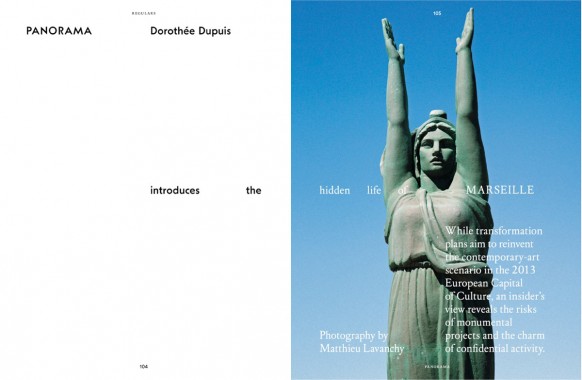
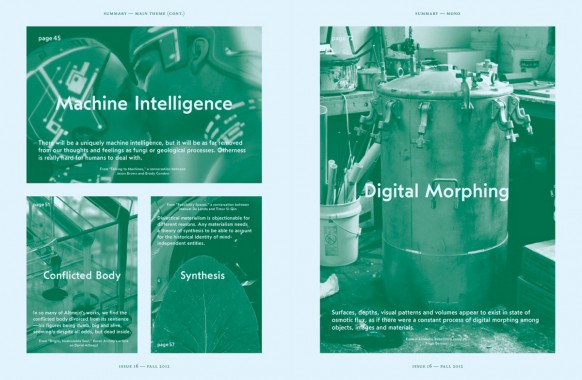
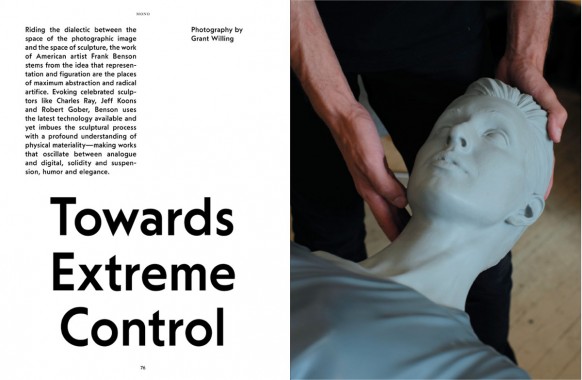
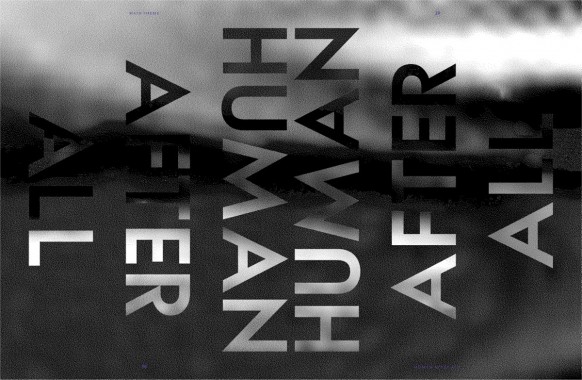
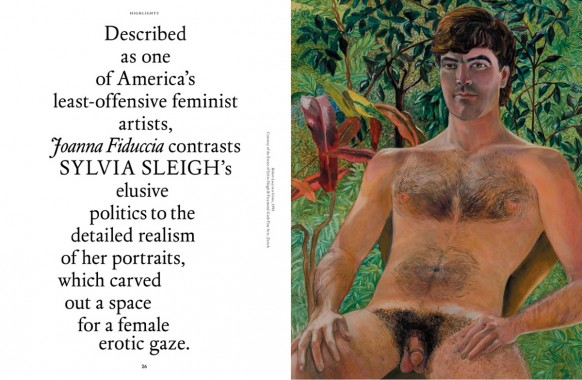
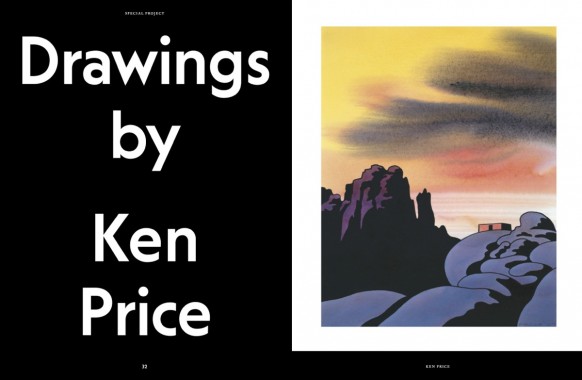
Alberto Garutti, Aleksandra Domanovic, Alessandro Rabottini, Alistair Frost, Ariane Beyn, Art, Brody Condon, Carson Chan, Charles Ray, Cyberpunk, David Altmejd, Desire Machine Collective, DIS Magazine, Distribution, Dorothée Dupuis, Drawing, Frank Benson, Grant Willing, Hans Ulrich Obrist, Jason Brown, Jeff Koons, Joanna Fiduccia, KALEIDOSCOPE Press, Karen Archey, Ken Price, Liz Magic Laser, Luca Cerizza, Manuel De Landa, Matt Keegan, Michele D'Aurizio, Pablo Larios, Piper Marshall, Robert Gober, Robin Carolan, Ruth Saxelby, Sandhini Poddar, Sculpture, Sylvia Sleigh, Timur Si-Qin, Tri Angle, Ulrich Baer

Enrique Santos, The Mexican Suitcase
Softcover with flaps, 360 pp., offset 4/1, 200 x 240 x 32 mm
English and Spanish
Edition of 2000
ISBN 978-607-7636-29-8
Published by Landucci
$45.00 ·
The Mexican Suitcase is the result of more than three years of work by the Mexican-based Argentinian artist, Enrique Santos. This artist book could be, amongst other things, a ‘catalogue’ of an apocryphal exhibition that is not meant to be, one that from its very beginning proposes a reverse path to that already established — first the book, and then? Ever since this basic wink (not to mention that the title itself is an appropriation) Enrique Santo’s work addresses the idea of “robbery”. Using diverse languages and tools (photography, collage, video, sculpture, film, installations) the artist reflects upon the contemporary artistic works in a sociocultural and political environment of violence in which we find ourselves immersed. Robbery as a metaphor of appropriation and “postproduction” — in Bourriaud’s definition of the word — as an element specific of an artistic way of producing, that is loaded with intertextuality, reference, discourse and images that roam our daily lives.
Santos’ work is a way of thinking about how contemporary art is produced, and at the same time it talks about the gaze, the interpretation of he/she who observes, the understanding and production that comes with every look. It reflects upon a single active spectator, who builds a discourse, appropriates all meanings and elaborates on them according to his life story, and his social, cultural and emotional capital. That gaze has a filter through which history is interpreted. It talks about and with the viewer without underestimating his capacity for understanding. From the very beginning, the book presents a relationship of shared complicity, discourse, codes and understandings, but demands a lucid and imaginative perspective.
Retaking film, journalistic, documentary and advertising language, Santos quotes and reinterprets the great thieves of the screen and some real criminals, in order to talk about lies, confusions, myths and misunderstandings, as well as an ever more violent and heartbreaking reality that crawls into our lives through trivialized and shallow images.
— Florencia Magaril
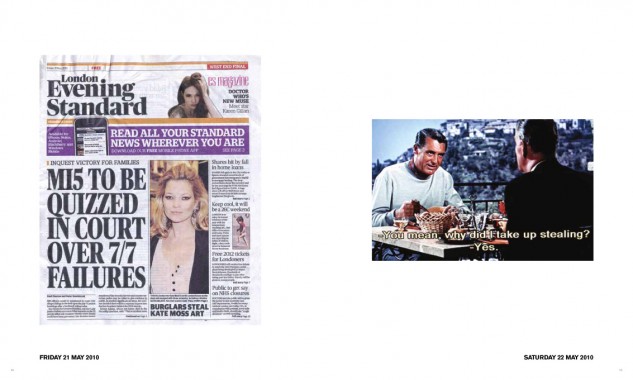
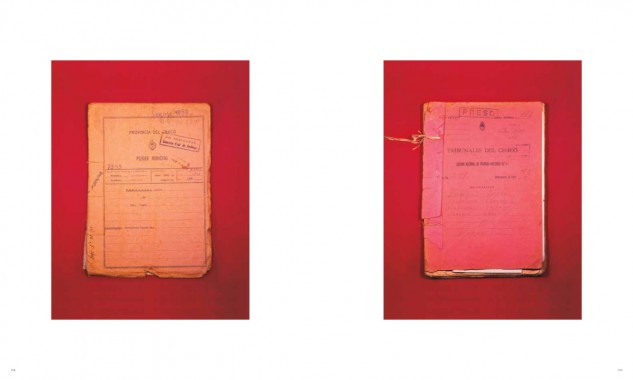
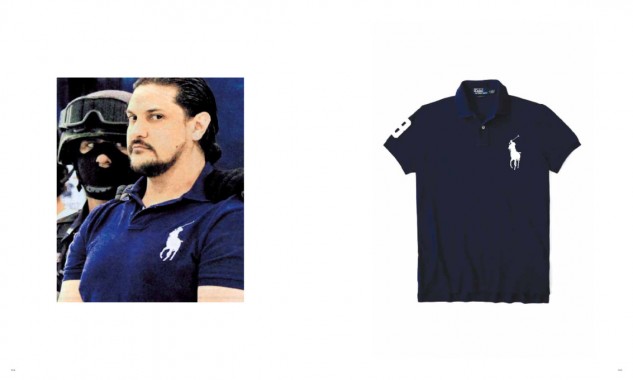
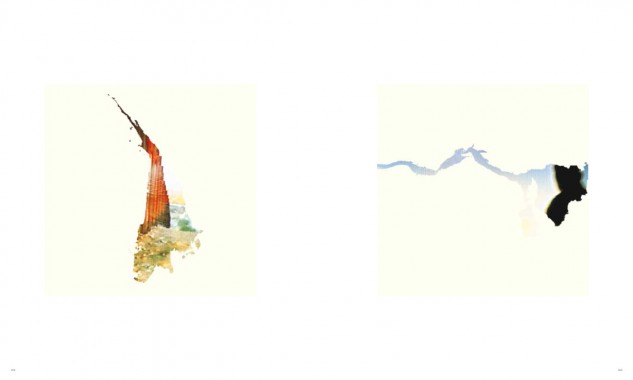
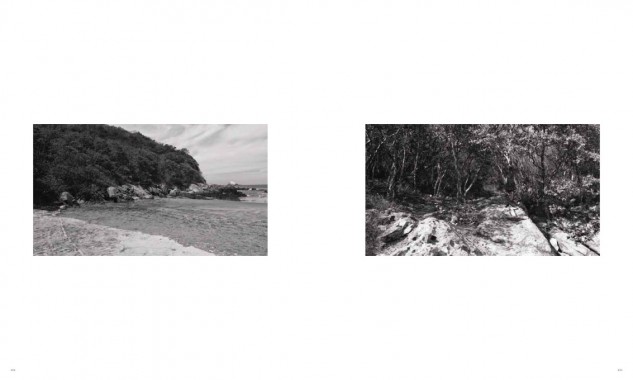
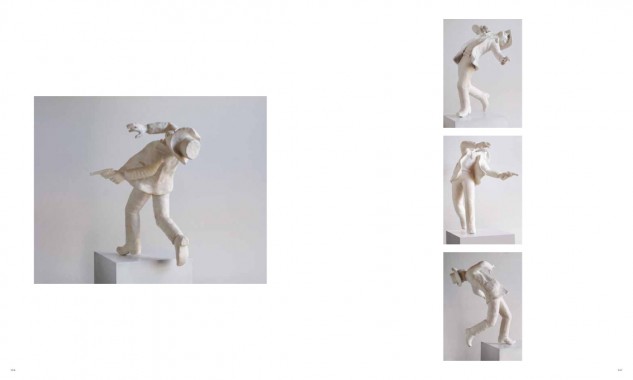
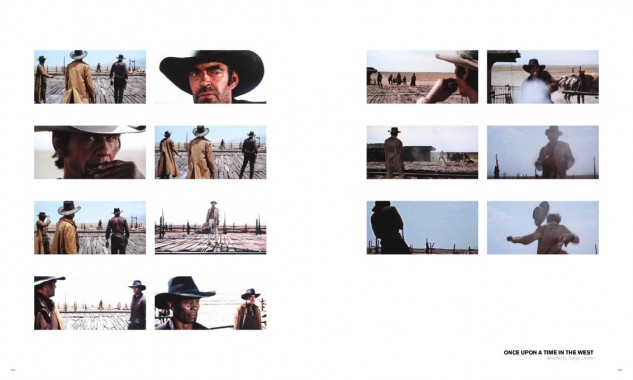
Aaron Smuts, Antonieta Cruz, Art, Deleuze & Guattari, Distribution, Edward Said, Enrique Santos, Film, Florencia Magaril, Gilberto Salinas, Goya, Graham Huggan, Guadalajara, Jalisco, Jean-Luc Goddard, Jorge Luis Borges, Landucci, Marshal McLuhan, Mexico, Pepe Montelongo, Photography, Randy Kennedy, Roland Barthes, Roman Gubern, Sculpture, Tera Patrick, Werner Herzog

Amir Zaki, Eleven Minus One
Softcover, 122 pp., offset 4/4, 9 x 9 inches [26 x 36 inches unfolded]
Edition of 500
ISBN 978-0-26172-2-9
Published by LAXART
$75.00 ·
For this project,
Amir Zaki carefully reconstructed and reinterpreted, in virtual 3D space, several photographs from a series made in the mid-1980’s by Swiss artist duo Peter Fischli and David Weiss. Their photographs depict precariously balancing temporary sculptures that they intentionally constructed in a slap-dash manner. Their photographs of these sculptures were casually shot in their studio using unprofessional lighting and equipment. Through these photographs of temporary sculptural constructs made of household detritus, Fischli and Weiss subvert the idea of sculpture as a heroic manifestation of a unique and masterfully constructed object. Their work privileges the document over the sculpture, which Zaki interprets as an ironic inverse of the ubiquitous professional photographic documentation of the ‘serious’ sculpture found in so many art books and journals. In Zaki’s adaptation of their work, there is a re-inversion at play as he privileges the sculpture again, but only as a 3D virtual non-object in order to destabilize their relationship. This has manifested as a series of short photorealistic animation loops and a foldout book based on the eleven different ways that a cube can be unfolded. Working with this methodology allowed Zaki to further interrogate the conventions and limitations of photography by exploring depictions of ‘real’ space, but without the restraints of actual physics or forces such as gravity. Zaki is interested in the perversion of using Fischli and Weiss photographs of quickly made, throw-away sculptures as a source to create an incredibly laborious photorealistic virtual 3D scene that can be explored from all angles, both through photographic and orthographic projections. In this project Zaki has also fetishized the sculptures by making them virtual, stylized and idealized. He has resurrected these sculptures and placed them in a world where they need not ever ‘fall’ (fail). In the animations Zaki has created, the sculptures simply spin, teeter or gyrate indefinitely. In the photographs Zaki has rendered for the book, the sculptures hover in a perfect orthographic projection space, surrounded by a black void.
The book is a complex foldout design that is quite difficult to describe in text. It is ten double-sided square pages. Each page spread unfolds into unique configurations of six squares that represent all sides of a cube. The images on each unfolded page spread depict 3D digital recreations of photographs from the series Equilibres by Swiss artist duo Peter Fischli and David Weiss. When fully unfolded, the book opens up to approximately 27 x 36 inches. It is an interactive object, and can be folded and unfolded in multiple ways, creating grids, cubes, and unfolded boxes, each creating a unique experience and juxtaposition of images. It is important to recognize the book in terms of a limited edition or a multiple. It is also more of an object with sculptural qualities and a tactile nature than a ‘book’ in the traditional sense.
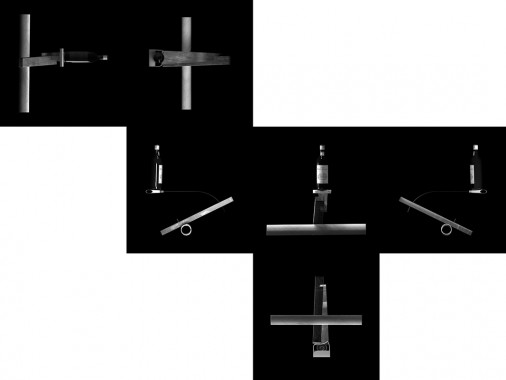
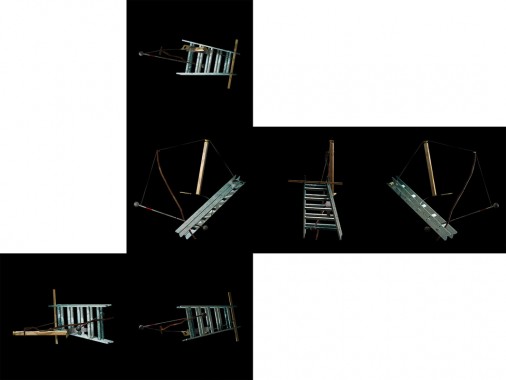
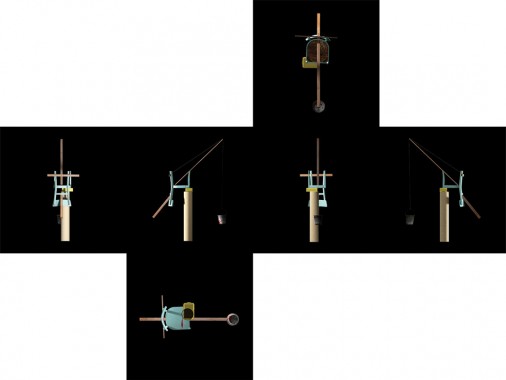
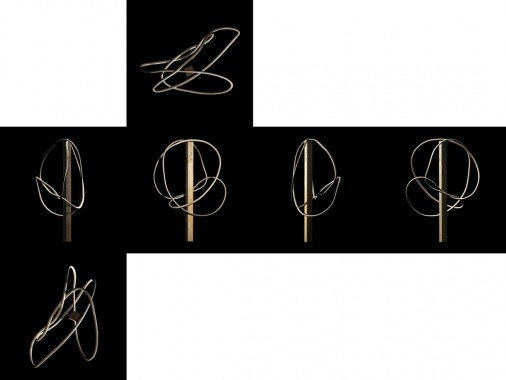
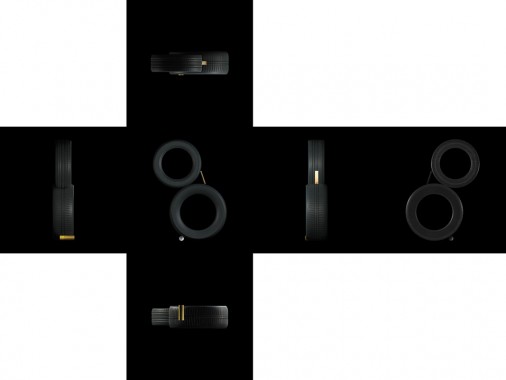
Amir Zaki, Art, David Weiss, Distribution, Eighth Veil, Greenblatt-Wexler, LAXART, Peter Fischli, Photography, Sculpture
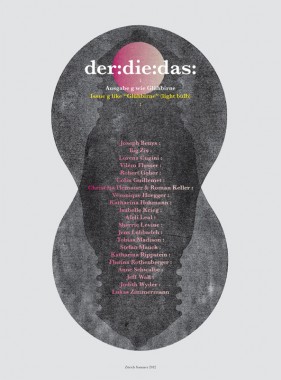
der:die:das:, Issue g like glühbirne (light bulb)
Softcover, 92 pp., offset 4/1, 200 x 270 mm
English and German
Edition of 1000
ISSN 1663-2508
Published by der:die:das:
$20.00 ·
Some words on, and images of, glühbrine (light bulb). Featuring: Joseph Beuys, Big Zis, Lorenz Cugini, Vilem Flusser, Robert Gober, Colin Guillemet, Christina Hemauer, Roman Keller, Veronique Hoegger, et al.
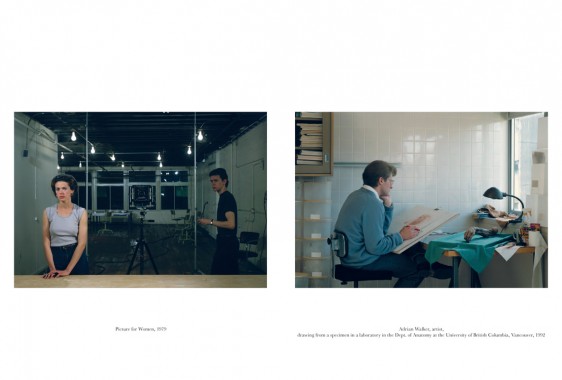
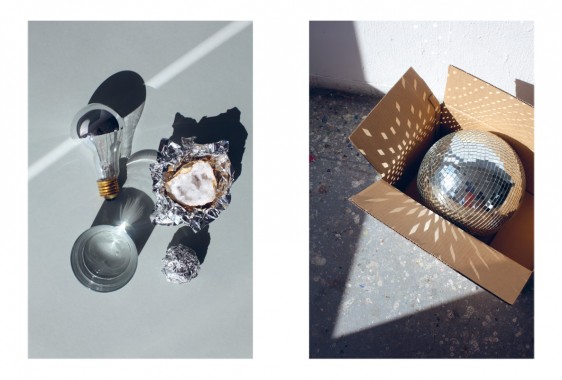
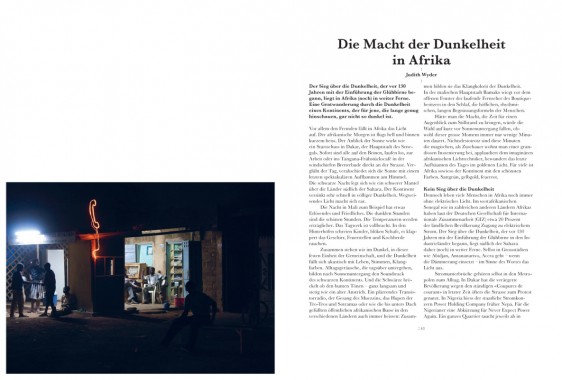
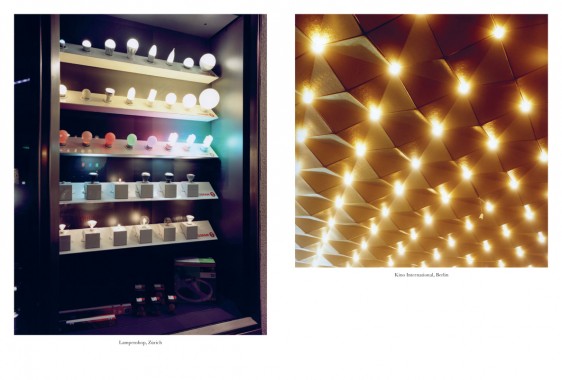
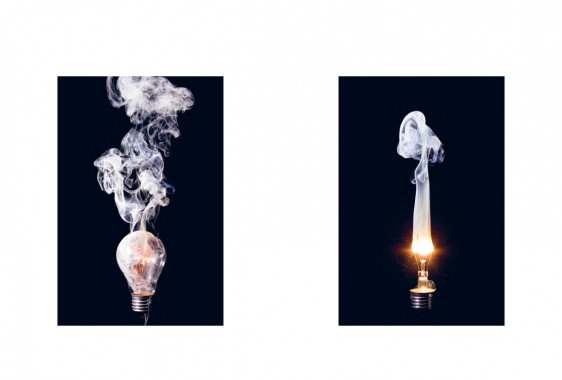
Aleli Leal, Anne Schwalbe, Art, Big Zis, Christina Hemauer, Colin Guillemet, Culture, der:die:das:, Distribution, Flurina Rothenberger, Isabelle Krieg, Jeff Wall, Jens Lubbadeh, Joseph Beuys, Judith Wyder, Katharina Hohmann, Katharina Rippstein, Lorenz Cugini, Lukas Zimmermann, Photography, Robert Gober, Roman Keller, Sculpture, Sherrie Levine, Stefan Mauck, Tobias Madison, Veronique Hoegger, Vilem Flusser
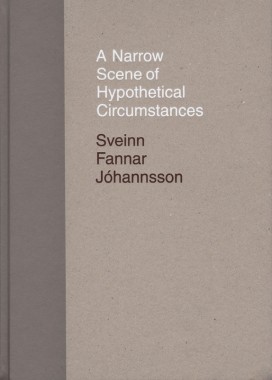
Sveinn Fannar Jóhannsson, A Narrow Scene of Hypothetical Circumstances
Hardcover, 84 pp., offset 4/4, 210 x 300 mm
English and Norwegian
Edition of 600
ISBN 978-82-997894-4-8
Published by Teknisk Industri AS
$42.00 ·
In the book project A Narrow Scene of Hypothetical Circumstances we access a visual universe revolving around dismembered pieces of familiar objects. Sketches, pictures and materials are united into a steady flow of everyday examination, in which apparent contradictions — painstaking exactitude and violence, empathy and calculation — bubble away beneath the surface. Rearrangement, representation and repression melt together on the border between construction and collapse, with an elegant sense of seriousness. The works are supplemented with texts by Friedrich Tietjen, Caroline Ugelstad, Leif Magne Tangen and Christopher Muller.
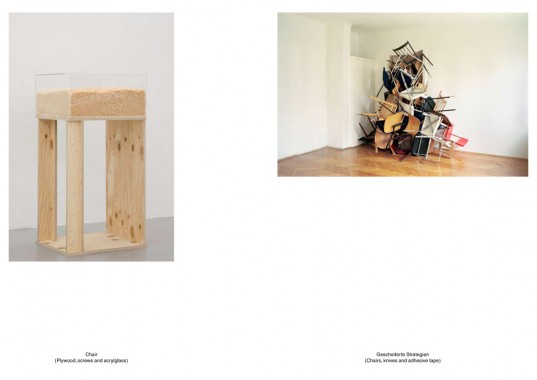
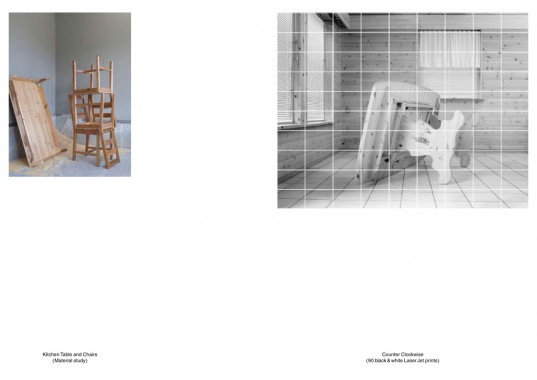
Art, Caroline Ugelstad, Carsten Humme, Christopher Müller, Distribution, Friedrich Tietjen, Jorg Schutze, Leif Magne Tangen, Martin Kraetke, Photography, Sculpture, Sveinn Fannar Jóhannsson, Teknisk Industri AS, Till Gathmann
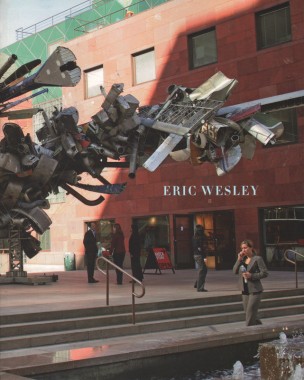
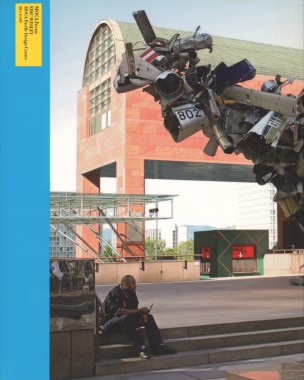
Eric Wesley, Eric Wesley
Softcover, 60 pp., offset 4/4, 8 x 10 inches
Edition of 2000
ISBN 978-0-914357-97-1
Published by MOCA
$25.00 · out of stock
West Coast artist Eric Wesley was born in 1973 in Los Angeles. His work, which can take the form of sculpture, painting, drawing, architectural model or public artwork proposal, often uses decrepit materials and conveys a humorous take on the world and his own identity within it. For the Whitney Biennial, he created scale sets for a faux reality show; his kinetic sculpture Kicking Ass was a mechanized donkey that kicked holes in the gallery wall behind it. This small monograph is the first publication dedicated solely to the artist’s work, and is published on the occasion of his exhibition as part of the MOCA Focus series.
Art, Cornelia Butler, DAP, Elizabeth Hamilton, Eric Wesley, Jane Hyun, Lisa Mark, Michael Worthington, MOCA, Sculpture, Yasmin Khan
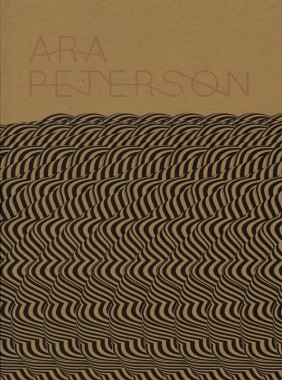
Ara Peterson, Untitled 2004-2010
Softcover, 68 pp., offset 4/4, 6.75 x 9.25 inches
Edition of 500
ISBN 978-0-9825936-5-3
Published by Seems
$25.00 ·
Ara Peterson’s arresting three-dimensional objects fall somewhere between painting, sculpture and architecture. The somewhat outmoded practice of a ‘bas-relief’ comes to mind, but this type of ornamentation doesn’t fully capture the voluptuousness of these structures, which are as much about optical clairvoyance as they are about process. Indeed, each piece results from a series of labor-intensive operations, beginning with the synthesis of wave formations that translate the artist’s initial mental image into a basic form. This is an impressionistic use of algorithms to determine the cutting of wooden slats, which are then hand-painted and assembled into unique volumes that are perhaps most simply described as passageways into new visual intensities.
— Franklin Melendez
Ara Peterson, Art, Distribution, Franklin Melendez, J.W. Turner, Sculpture, Seems
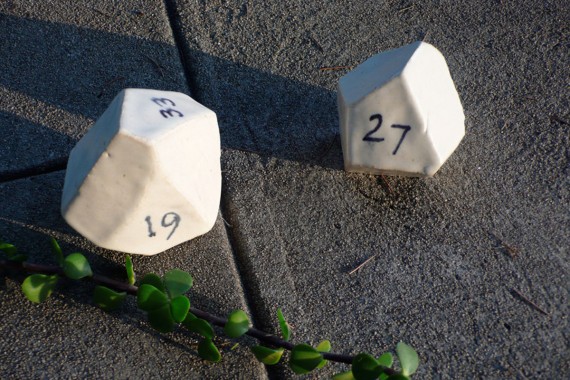
Anna Sew Hoy, Magic Number Rattle Rock
Ceramic sculpture, glazed stoneware, dimensions variable
Edition limited, each unique
Published by Anna Sew Hoy
$400.00 ·
Anna Sew Hoy has produced a limited edition of ceramic sculptures entitled
Magic Number Rattle Rock; unique objects at 400 dollars each to support her forthcoming
artists book project. Each rattle has its own set of magic numbers, with an object embedded in the sculpture which makes a very special noise. Purchase a sculpture above to support, or contribute to the project
here at different tiers: limited edition poster signed by the artist and designer ($
25); signed copy of the book + signed poster ($
100); limited edition sculpture + signed book + signed poster ($
500); personal thank you in the book + limited edition sculpture + signed book + signed poster ($
800).
Anna Sew Hoy, Art, Fundraiser, Jonathan Maghen, LAXART, Project Site, Sculpture
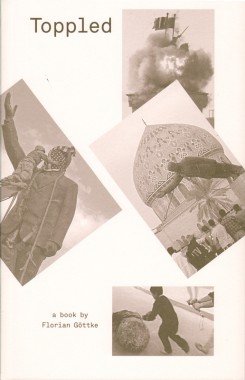
Florian Göttke, Toppled
Softcover, 150 pp., offset 4/4, 155 x 240 mm
Edition of 1000
ISBN: 978-94-6083-016-7
Published by Post Editions
$39.00 ·
Life as an absolute dictator may not be all it’s cracked up to be. Artist Florian Gottke collected a huge number of images of the toppled statues of Saddam Hussein on the Internet, and then started looked at them carefully. A close reading of these images reveals an astonishing amount of information about what happened in Iraq, about the statues’ desecration and humiliation, their transformation from manifestations of Saddam’s totalitarian power into icons for the defeat of his regime, their expulsion from the public sphere, their appropriation into his enemies’ museums and their symbolic reinterpretation for use in anti-war protests. Even in our modern image culture, the ancient magical link between the person (Saddam) and his representation (statue) is still alive in the human psyche.
Alena Alexandrova, Art, Florian Göttke, Iran, Iraq, Mariska van den Berg, Photography, Post Editions, RAM, Rebecca Sakoun, Saddam Hussein, Sculpture






























































